The information world, being ruled by data’s growing dominance, has made Data Mining Techniques necessary for companies as well as researchers to extract useful information from ever-increasing data. The methods operate in detecting patterns, making predictions, and decisions more effectively. Starting from classification and clustering and ending by association rule mining it is safe to say data mining is the force driving behind industries such as healthcare, finance, and e-commerce to transformation. This blog will shed light on the importance of techniques related to data mining, tools, applications, and much more.
Understanding Data Mining
To dive into various Data Mining Techniques, you must first understand the Data Mining Process. Data Mining is a method characterized by data collection, data preprocessing, pattern discovery or identification, evaluation, and interpretation. Data mining takes advantage of Data Mining Tools and Data Mining Algorithms with a high level of complexity to handle structured as well as unstructured data.
Clustering Techniques in Data Mining
Clustering is a core technique among Data Mining Techniques that collects similar data points into a single group without the use of prior labels. Clustering Techniques in Data Mining assist in dividing customers, finding outliers, and enhancing targeted marketing initiatives. Well-known clustering techniques are:
- K-Means Clustering: Distributes data points into a set number of clusters based on similarity.
- Hierarchical Clustering: Creates a tree-like hierarchy to determine natural clusters in data.
- DBSCAN (Density-Based Spatial Clustering): Clusters data points according to density, which is best suited for finding noise and outliers.
Classification Techniques in Data Mining
Although clustering is unsupervised, classification techniques in Data Mining are supervised and classify data into pre-defined labels. They find extensive applications in fraud detection, medical diagnosis, and spam filtering. Some popular classification techniques are:
- Decision Trees: A tree-based model that divides data into branches to make a decision.
- Naive Bayes Classifier: Probability and Bayes’ theorem-based text classification and sentiment analysis.
- Support Vector Machines (SVM): Makes a hyperplane that maximally separates various classes of data.
Data Mining Applications
The reach of Data Mining Techniques is broad, cutting across several industries. Following are some actual Data Mining Applications:
- Healthcare: Disease prediction and tailored treatment plans.
- Finance: Risk evaluation and fraud detection.
- E-commerce: Recommending products to suit individualized shopping experiences.
- Marketing: Customer profiling and advertising based on customer targeting.
Key Data Mining Tools
To apply Data Mining Techniques, experts utilize different Data Mining Tools that enable data analysis and pattern identification. Some of the most commonly used tools are:
- RapidMiner: A robust platform with drag-and-drop features.
- WEKA: An open-source machine learning and data mining tool.
- Python (Scikit-learn, TensorFlow): Popular programming libraries for applying Data Mining Algorithms.
- Tableau: A visualization tool that helps in presenting mined data insights.
Data Mining Process Defined
It is important to understand the Data Mining Process in order to effectively use Data Mining Techniques. The typical steps in the process are:
- Data Collection: Collecting data from different sources.
- Data Preprocessing: Cleaning and converting data for analysis.
- Pattern Discovery: Applying Data Mining Algorithms to discover relationships.
- Evaluation and Interpretation: Evaluating the patterns discovered for accuracy.
- Deployment: Implementing findings in real-world applications.
Key Data Mining Algorithms
The strength of Data Mining Techniques is rooted in strong Data Mining Algorithms that analyze and process data effectively. Some of the most commonly employed algorithms are:
- Apriori Algorithm: For association rule mining to identify patterns in datasets.
- Random Forest: An ensemble of decision trees to improve predictive power.
- K-Nearest Neighbors (KNN): Assigns class labels to data points based on their proximity to neighbors.
Data Mining Projects for Beginners and Experts
Practice is the key to mastering Data Mining Techniques. Some interesting Data Mining projects are given below for your reference:-
- Customer Segmentation: Applying clustering techniques in Data Mining to segment customers by behavior.
- Sentiment Analysis: Applying classification techniques to examine social media trends.
- Credit Card Fraud Detection: Applying machine learning models to detect fraudulent transactions.
Future Trends in Data Mining
The future of Data Mining techniques is promising with the evolving advancements in AI and big data. The new trends are as follows:
- Automated Machine Learning (AutoML): Minimizing human effort in developing predictive models.
- Explainable AI (XAI): Making Data Mining Applications with AI more understandable and interpretable.
- Edge Computing: Executing data mining on the edge for enhancing real-time analytics.
Conclusion
From clustering to classification, Data Mining Techniques are vital to data analysis and decision-making. Armed with the appropriate Data Mining Tools and an effective grasp of the Data Mining Process, businesses and individuals can unleash the power of data. Whether in Data Mining Projects or designing new Applications, the potential of data mining expands, fueling innovation in industries. With companies increasingly making decisions based on data-driven intelligence, becoming proficient in these skills will be crucial to remaining competitive and opening up new doors in the digital world.


